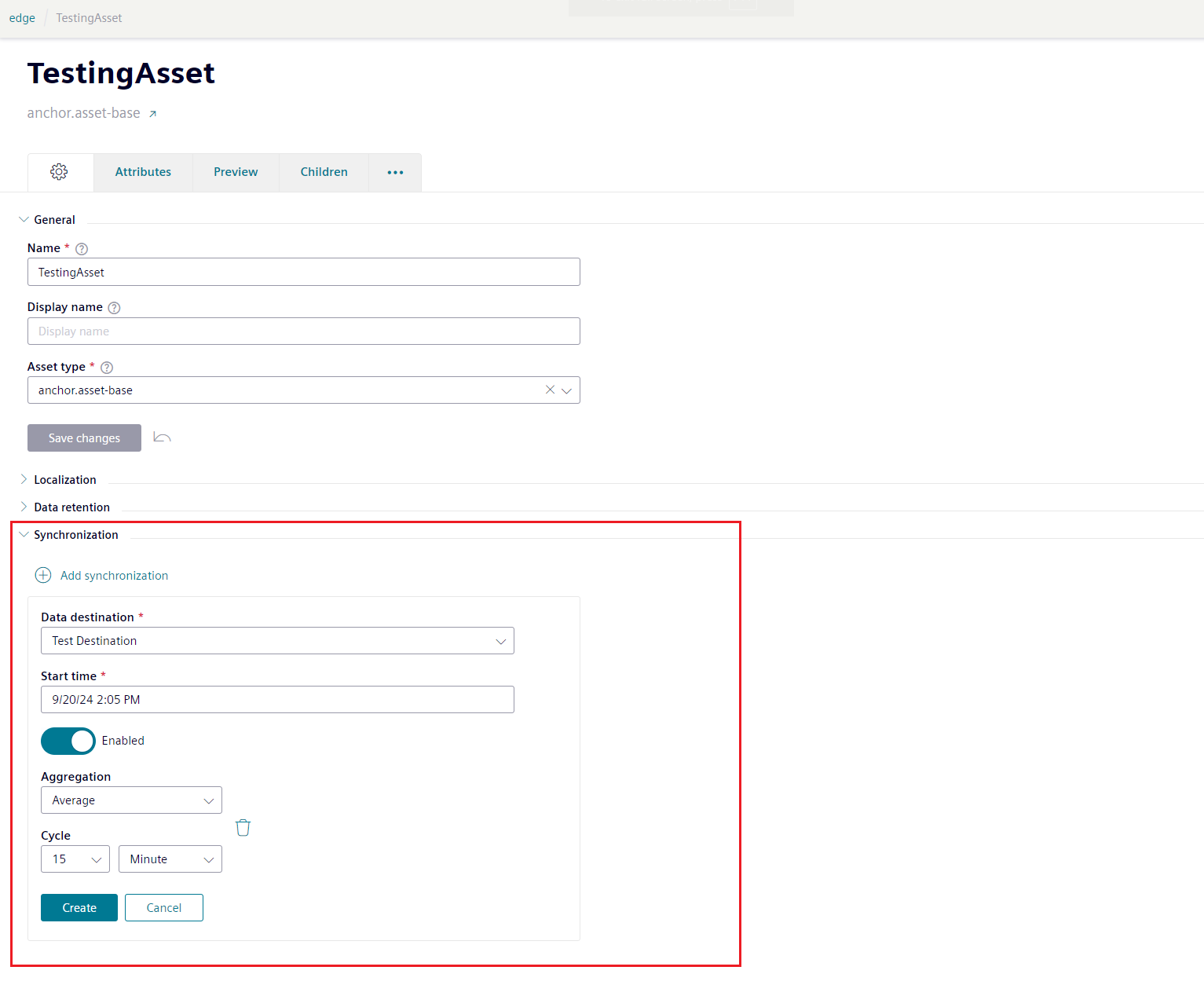Setting up data destinations
There are currently three destinations available:
Each data destination needs to be set up using their respective configuration parameters, configuration files or certificates, if needed. Please refer to each of their sections for more details on how to set them up. In this section, features that are common for all types of data destinations are presented.
Naming
All entities and attributes try to use the display name to sync the model (Neutral language xx-XX). If the display name cannot be found, the general name is used.
There is a general setting for all destinations to replace characters or parts of the used name for all objects.
Name replacement:
The name replacement is used to replace names of entities or attributes by regular expressions. The format to describe a regular expression is /<pattern>/<replacement>/. This format is similar to the Linux command line tool SED (Stream Editor), except for s at the beginning and flags at the end, which are currently not supported. Multiple expressions can be defined, they should be separated by ;. If ; or / are used in the pattern or the replacement, they should be preceded by \.
Here are some examples:
-
/a/b/: Replaces all characters ofawithb. -
/[[:lower]]/X/: Replaces all lower case characters withX. -
/Test/Test1/: Replaces all occurrences ofTestwithTest1. -
/^a/X/: Replaces only the first occurrence ofawithX. -
/[a-c]/X/: Replaces all occurrences ofa,borcwithX. -
/\d/X/: Replaces all numbers withX. -
/_/\//: Replaces all occurrences of_with/. -
/\;/:/: Replaces all occurrences of;with:. -
/a/b/;/c/d/: Replaces all characters ofawithbandcwithd.
Destination Status
The status of the data destination itself is shown with the symbol besides its name, they have the following meaning:

| Destination status | Explanation |
|---|---|
 "Connected" "Connected" |
The data destination is connected. |
 "Not active" "Not active" |
The data destination is deactivated. |
 "Error" "Error" |
The data destination could not connect, check the configuration parameters or connection to the broker |